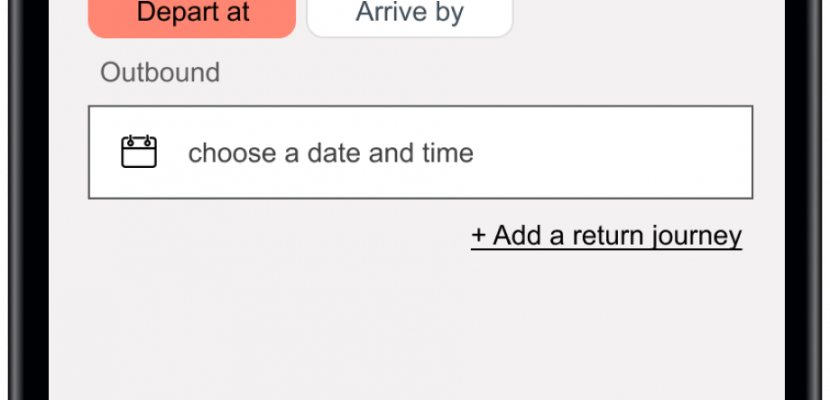
Demand Responsive Transport (DRT) Trial

About this good practice
The DRT trial is proposed to take place in the context of a wider MaaS pilot initially centred on East Lothian in South East Scotland. East Lothian is a mix of mainly small coastal towns, and a rural hinterland with a much smaller population. Geographically close to the capital city of Edinburgh, the rurality of much of the region presents particular challenges for public transport operators.
The main East Coast main Line runs along the coast between Edinburgh and London but the main public transport options relate to bus services, with a number of local operators in a deregulated environment. Services are supported by public money but often represent poor value in terms of passenger numbers carried.
SEStran were funded by Transport Scotland to run a DRT pilot as part of the GOSEStran MaaS pilot. Initial plans involved a specific bus operator and tech provider combining to create a DRT zone for the rural part of an existing service supported by the local transport authority. A lack of funding for additional vehicles and staff meant that the tech was not going to provide the solution desired.
Services will now be procured, using one or more bus operators, to provide a tech-enabled DRT pilot with sufficient coverage both vehicles and staff to maximise the potential of the digital enhancement. The trial will test how effective a MaaS solution, already up and running in the area as part of the same project – assists DRT as the DRT service will be integrated into the app.
Resources needed
The overall budget is in the region of £212,440 Human resource is required from the bus operator, the tech provider, the regional transport partnership managing the project and the local transport authority.
Evidence of success
The trial is still in the process of being finalised so success has still to be quantified. However, limited ‘on demand’ changes to an existing fixed line bus operation in the region – which arose as part of discussions around the project – have shown success in terms of increased patronage. This is without tech-enabled assistance, and will serve as another useful comparator as the project is evaluated.
Potential for learning or transfer
One of the key objectives of this project is to address transport poverty. Particularly in rural areas, public transport may be poor or non-existent. This is not unique to Scotland and adapting local fixed line services to Demand Responsive Transport may increase efficiency and optimise the running of the service, whilst keeping public transport coverage in the area.
That way, digital innovation in the public transport sector can be used to support rural communities, elderly, disabled and more vulnerable people in terms of mobility, accessing key services, improved wellbeing, tackling loneliness, etc. This approach can be adopted in other regions where there is potential to optimise current fixed line services. Furthermore, this project shows the potential for integrating DRT into existing or new MaaS platforms, which helps to increase the visibility of the DRT service offering
